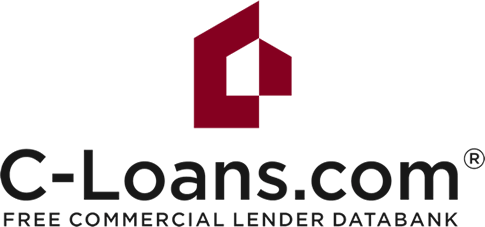Operating Expense Ratio
In negotiating an income property loan, the size of loan the borrower can obtain is usually more of a sticking point than the rate or the loan fee. Since income property loan sizes are generally limited by the debt service coverage ratio (i.e., cash flow) rather than the loan-to-value ratio, the operating expense figure that the lender uses in his calculations is critical.
Suppose a property has the following Pro Forma operating statement:
Gross Scheduled Rents $100,000
Less 5% Vacancy & Collection Loss 5,000
Effective Gross Income: $ 95,000
Less Operating Expenses
Real Estate Taxes $12,500
Insurance 2,550
Repairs & Maintenance 5,890
Utilities 7,345
Management 4,865
Fees & Licenses 987
Painting & Decorating 3,986
Reserves for Replacement 1,900
Total Operating Expenses: 40,023
Net Operating Income: $54,977
Then we hereby define the operating expense ratio as follows:
Operating Expense Ratio =
Total Operating Expenses
Effective Gross Income
or in this example,
Operating Expense Ratio =
$40,023 ÷ $95,000 = 42.1%
Appraisers and professional property managers often keep track of the operating expenses of the buildings they appraise or manage, and publish their results. For example, the National Association of Realtors publishes the results of their surveys annually in several hardbound books including Income and Expenses Analysis-Apartments and Income and Expense Analysis Office Buildings.
Lenders have access to these type of publications and therefore are reluctant to accept at face value operating expenses supplied by the borrower when their operating expense ratios are less than those enced by similar buildings in the area.
While it might be possible to operate an apartment building IN THE SHORT RUN at an operating expense ratio of less than 30 to 45%, in the LONG RUN the end result will be a seriously deteriorated building. It might be possible to get a lender to accept an operating expense ratio as low as 28% on a very new building, if it had fewer than 10 or so units, and if it had no pool and very little landscaping, and if you had authentic source documents to back up your claim. But in general, lenders will very seldom accept an operating expense ratio on apartments of less than 30 to 35%, and have been often known to use 40 to 45%.
The following are factors that will influence the lender to use a higher operating expense ratio:
- Lack of individual metering of utilities
- Swimming pool
- Elevator
- Extensive landscaping
- Low income area and/or tenants
- Presence of families with children
The larger the project, the larger the required operating ratio. Large projects usually entail extensive recreational facilities and pools, and often require fulltime on-site management teams.
Operating expense ratios are not as useful in evaluating most commercial or industrial properties. The reason why is because the space can be rented on a triple net basis, a net basis, or a full service basis.
